Angara named DepEd chief amid education crisis

By Kyle Aristophere T. Atienza, Reporter
MALACAÑANG on Tuesday named Senator Juan Edgardo M. Angara as the new secretary of the Department of Education (DepEd) as the Philippines faces a learning crisis spurred by the pandemic and decades-old bureaucratic inefficiencies.
Mr. Angara will take over the DepEd after Vice-President Sara Duterte-Carpio’s resignation from the post takes effect on July 19, the Presidential Palace said in a press release.
The Palace recognized Mr. Angara for pushing “significant educational reforms” since joining the Senate in 2013, including a law that added two more years to secondary education in a bid to make Filipino students “globally competitive.”
“With a Master of Laws from Harvard University, a Bachelor of Laws from the University of the Philippines, and a Bachelor of Science in Economics from the London School of Economics, his background positions him well to lead DepEd,” the Palace said, quoting President Ferdinand R. Marcos, Jr.
Mr. Angara was endorsed by the Coordinating Council of Private Educational Associations and the Philippine Association of Colleges and Universities. He was also included in the Philippine Business for Education’s (PBEd) short list of candidates for the position.
PBED said his experience as commissioner of the Second Congressional Commission on Education (EDCOMM2) “will bolster our chances of addressing the learning crisis effectively.”
Mr. Angara, who was among the legislators who pushed for the creation of EDCOMM2, said he’s committed to working with “all sectors of society, including my predecessor, Vice-President Sara Duterte, to ensure that every Filipino child has access to quality education.”
“I look forward to building upon her accomplishments,” he said in a statement.
Ms. Duterte-Carpio left the education in a poor state, with Filipino students faring poorly in global education assessments.
Filipino students were still among the world’s weakest in math, reading and science, according to the 2022 Program for International Student Assessment (PISA), with the Philippines ranking 77th out of 81 countries and performing worse than the global average in all categories.
In a recent report on PISA 2022 earlier this month, the Organization for Economic Cooperation and Development said 15-year-old Filipino students also ranked 63rd out of 64 countries in terms of creative thinking.
Nine in 10 Filipino students aged 10 can’t read basic text, according to a 2022 World Bank report.
“These results highlight the urgent need for an experienced leader who will be able to transform and revive the Philippine education system,” the Makati Business Club (MBC) said in a statement as it welcomed Mr. Angara’s appointment.
“A well-educated population is key to creating a competitive workforce that will be able to keep up with rapid technological developments given the acceleration of artificial intelligence,” it added.
MBC said the new Education chief should ensure that elementary and high school principals and teachers are equipped with literacy, technical, and character skills needed to make Filipino children responsive to emerging challenges.
Ms. Duterte-Carpio had launched efforts to review the K-12 program that Mr. Angara championed in 2013, citing its “congested curriculum” and its failure to produce job-ready graduates.
The review was still unfinished when Ms. Duterte resigned from her post on June 19 amid the growing political divide between her family and the Marcos administration.
As EDCOMM 2 commissioner, Mr. Angara had promised a comprehensive review of the program amid public pressure to either revise or scrap it.
REFORMS NEEDED
Leonardo A. Lanzona, who teaches economics at the Ateneo de Manila University, said appointing a politician to the Education department could “lead to neglect of long-term educational reforms that require sustained effort and do not provide immediate political benefits.”
“Politicians often operate within short election cycles and may prioritize policies that yield immediate, visible results,” he said in a Facebook Messenger chat. “The question is: Will Angara give up his political ambitions upon acceptance of this position?”
David Michael M. San Juan, a professor at De La Salle University and convener of Professionals for a Progressive Economy, urged Mr. Angara to apply a “more bottom-up approach” to the education sector and veer away from the “usual top-down imposition of policies.”
“He’s an advocate of upgrading teachers’ salaries. Teachers’ organizations have known him to be receptive to dialogue on education sector issues,” he said via Messenger chat. “I hope that his experience and network as a legislator help DepEd secure the necessary resources to help resolve our education crisis.”
Some groups critical of the Marcos administration have welcomed Mr. Angara’s appointment but said he should address key issues overlooked by the previous DepEd leadership.
ACT Teacher Party-List Rep. France L. Castro said the incoming DepEd chief should tackle education issues head-on including a comprehensive reform of the K-12 program and “long-standing” demands of teachers and education support personnel.
“He must prioritize the improvement of working conditions, salaries, and benefits of our teachers and education support personnel,” she said in a statement. “These frontliners in education have long been calling for just compensation and better support systems.”
Gabriela Women’s Party-list Rep. Arlene D. Brosas said Mr. Angara should reconsider his support for a bill seeking mandatory military training for college students and should put focus on the shortage of classrooms and learning materials.
The classroom shortage stood at 91,000 when Ms. Duterte assumed office in July 2022, but a year later, it rose to 159,000.
“The change in leadership at DepEd must not be mere musical chairs,” Ms. Brosas said.
The Liberal Party called on Mr. Angara to ensure a comprehensive review of the K-12 program and “uphold the integrity of our educational institutions.”



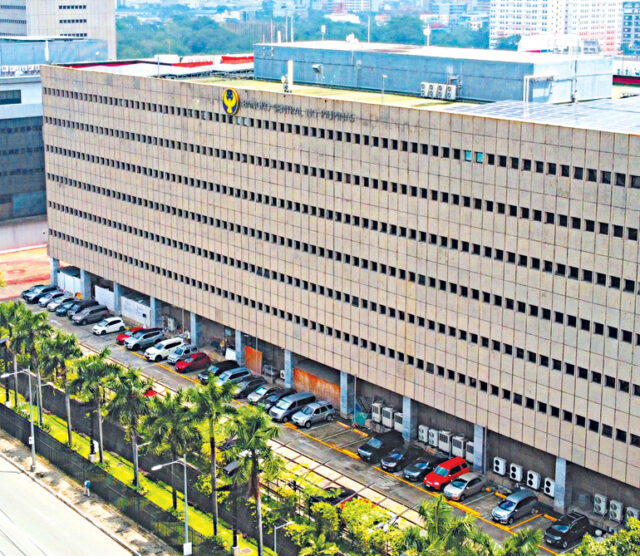
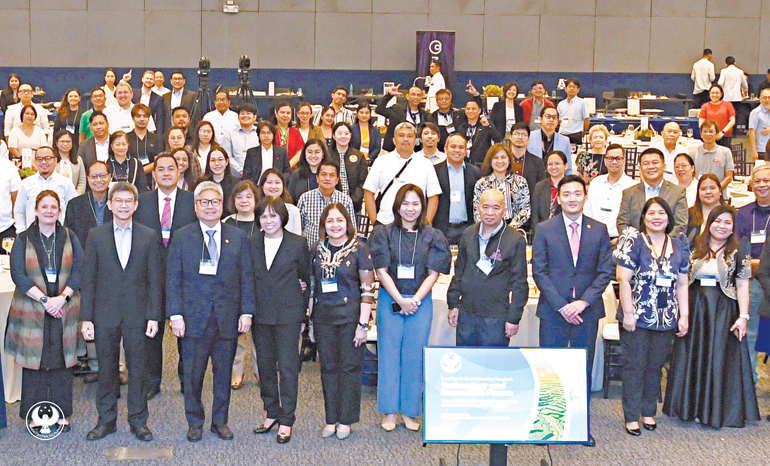
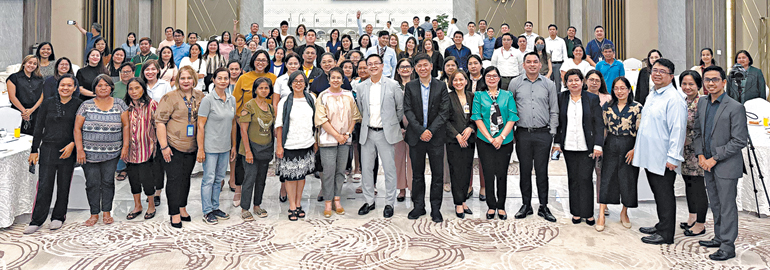
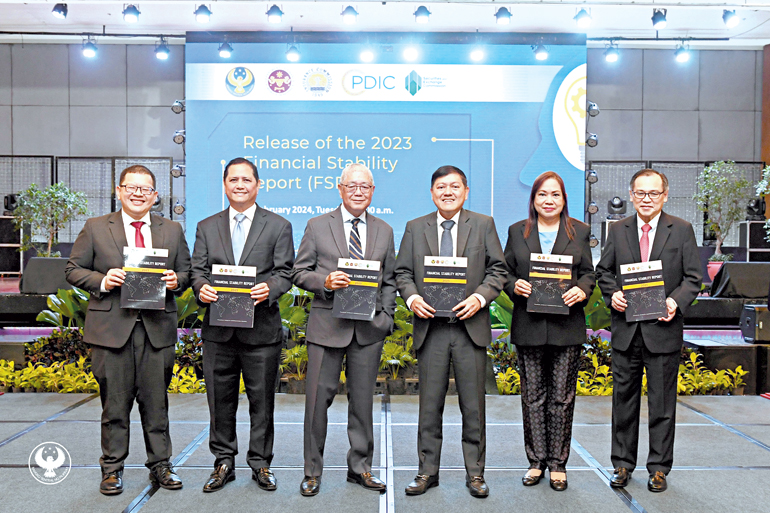
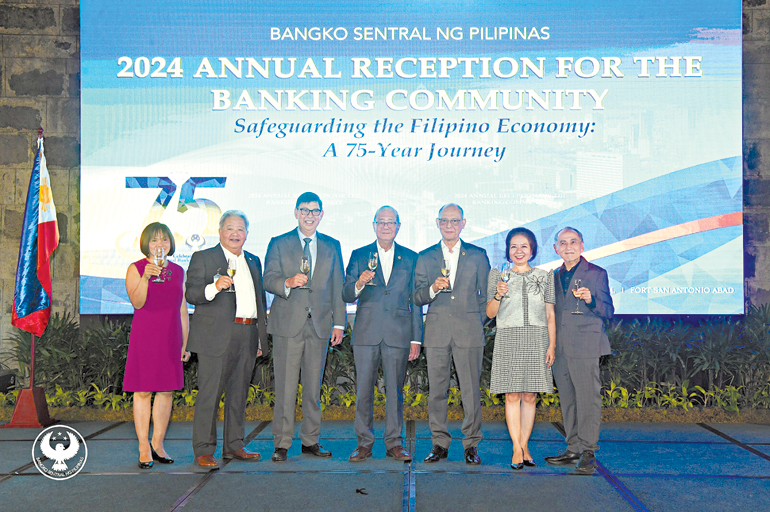
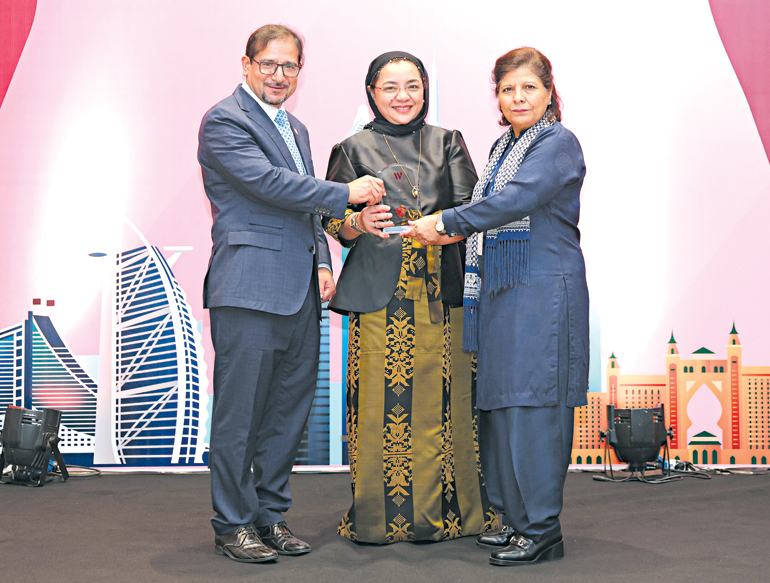
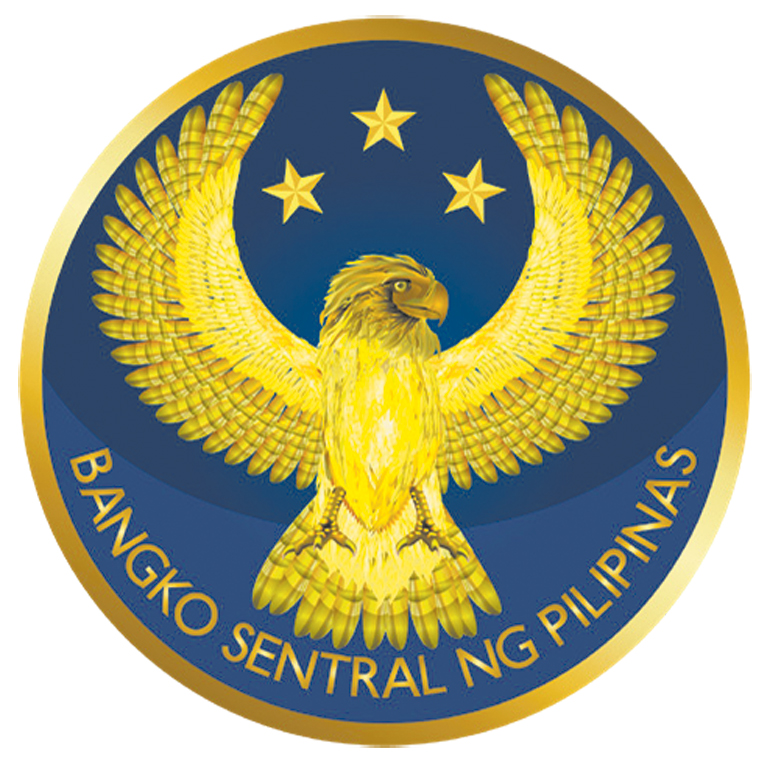 Mr. Remolona’s vision is clear: adapt monetary policy to manage supply shocks effectively, digitalize the financial system to enhance inclusion and efficiency, and deepen capital markets to attract diverse investments. His strategic approach aims to fortify the Philippine economy against future challenges while fostering sustainable growth and financial innovation. — Bjorn Biel M. Beltran
Mr. Remolona’s vision is clear: adapt monetary policy to manage supply shocks effectively, digitalize the financial system to enhance inclusion and efficiency, and deepen capital markets to attract diverse investments. His strategic approach aims to fortify the Philippine economy against future challenges while fostering sustainable growth and financial innovation. — Bjorn Biel M. Beltran





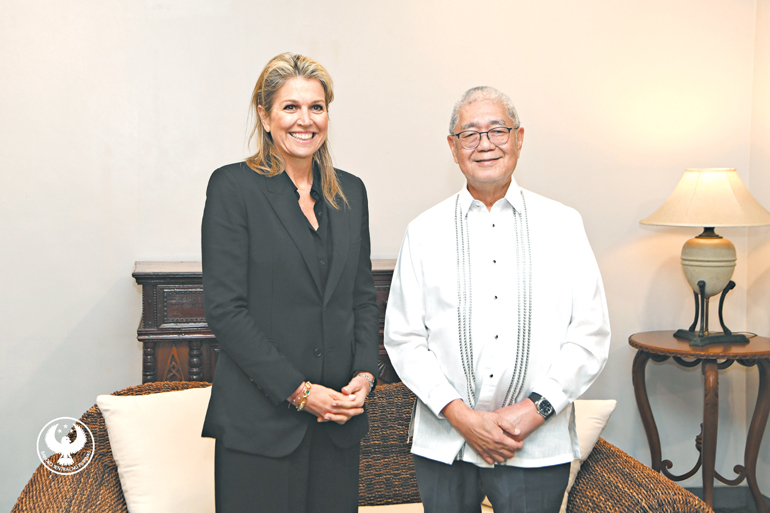
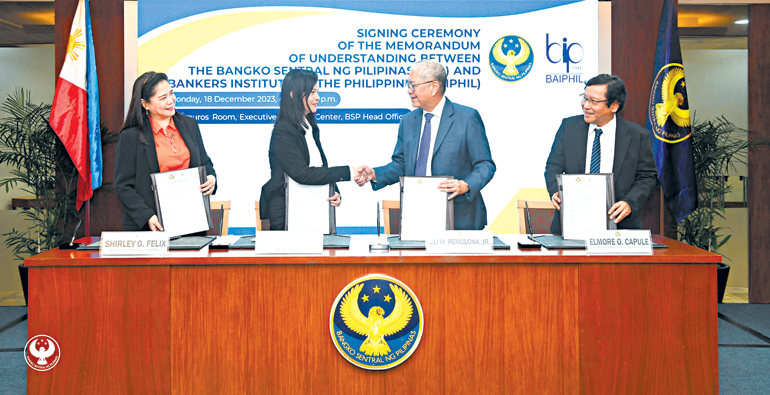
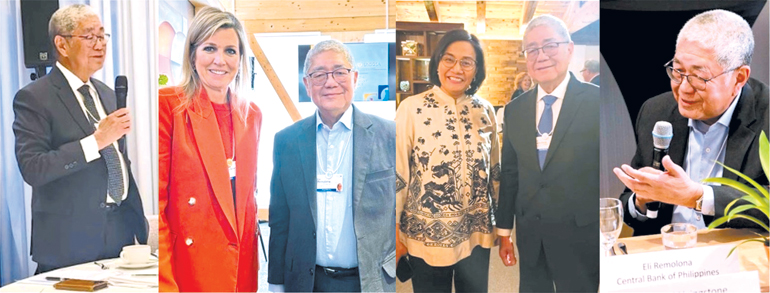






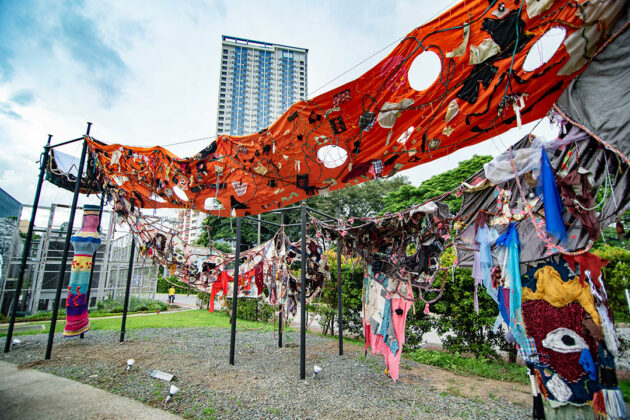


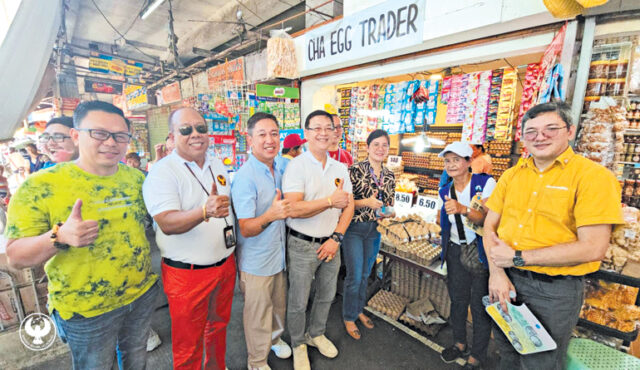
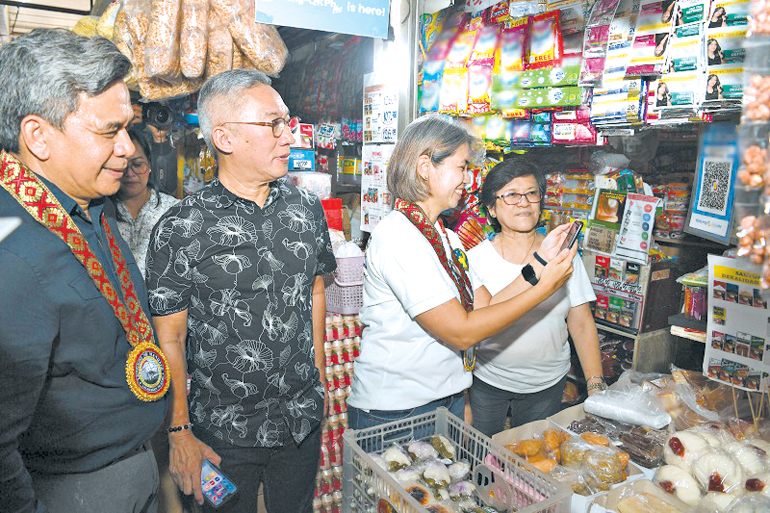

 Paleng-QR Ph Plus Program is a program that promotes the adoption of digital payments in public markets and other business establishments, particularly of small and medium enterprises.
Paleng-QR Ph Plus Program is a program that promotes the adoption of digital payments in public markets and other business establishments, particularly of small and medium enterprises.